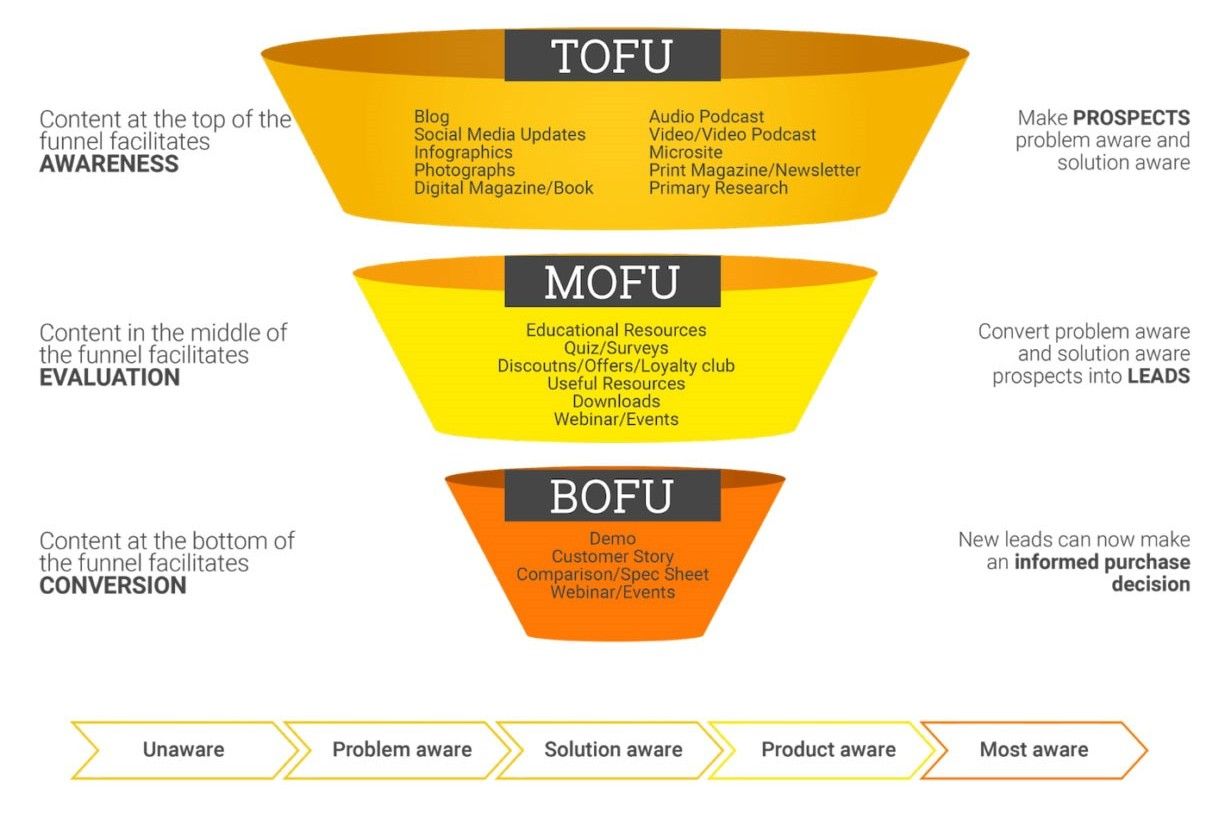
Understanding the audience
Understanding the audience is a fundamental aspect of effective communication, whether in writing, speaking, or any other form of interaction. Here are key points to consider for understanding your audience:
-
Demographics: Consider the age, gender, education level, cultural background, and profession of your audience. These factors can significantly influence how your audience perceives and interprets your message.
-
Knowledge and Expertise: Assess the level of knowledge and expertise your audience has about the topic you are communicating. This helps in tailoring the complexity of your language and the depth of information you provide.
-
Needs and Interests: Identify what your audience needs and is interested in. Understanding their motivations and interests helps in making your communication more relevant and engaging.
-
Cultural Differences: Be aware of cultural norms and values of your audience. Different cultures have different communication styles and conventions, and being sensitive to these can help avoid misunderstandings.
-
Expectations: Understand what your audience expects to gain from the communication. This could be information, advice, entertainment, or inspiration. Meeting or exceeding these expectations can make your communication more effective.
-
Attitudes and Beliefs: Recognize the pre-existing attitudes and beliefs of your audience. This awareness can guide you in framing your message in a way that respects these viewpoints and, where necessary, challenges them constructively.
-
Emotional State: Consider the emotional state of your audience. The tone, timing, and approach of your communication should be appropriate to their emotional context.
-
Engagement Level: Gauge how engaged your audience is likely to be with your topic. This can help you decide on strategies to capture and maintain their interest.
-
Communication Channels: Understand which communication channels are most effective for your audience. Different groups may prefer different modes of communication, such as email, social media, face-to-face meetings, or traditional media.
-
Feedback and Interaction: Be open to feedback from your audience. This not only helps in understanding them better but also in refining your future communications to be more in tune with their needs and preferences.
By taking the time to understand your audience, you can tailor your message to be more effective, persuasive, and impactful. This is a critical skill in all forms of communication, from public speaking and marketing to personal conversations and written communications.